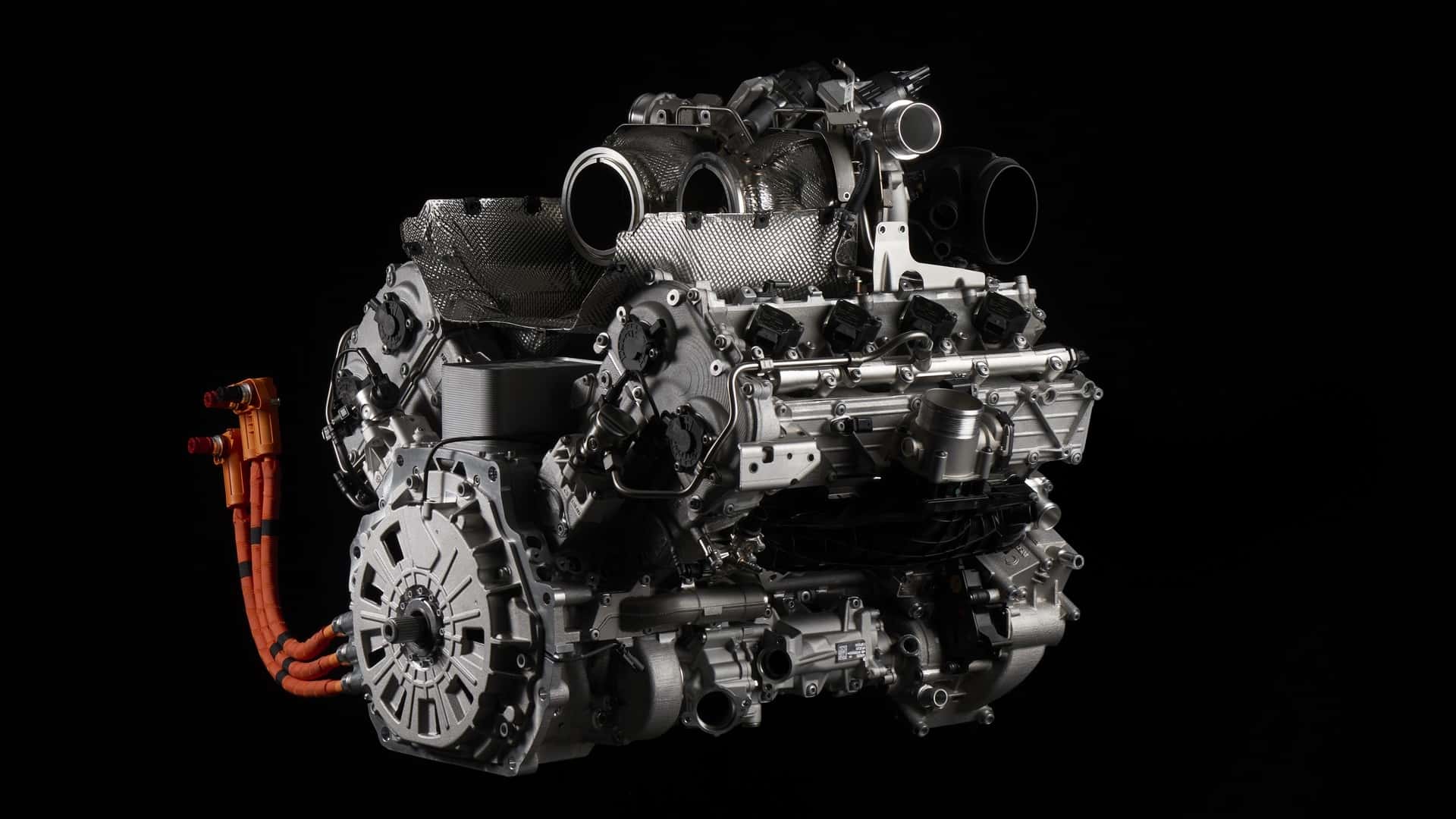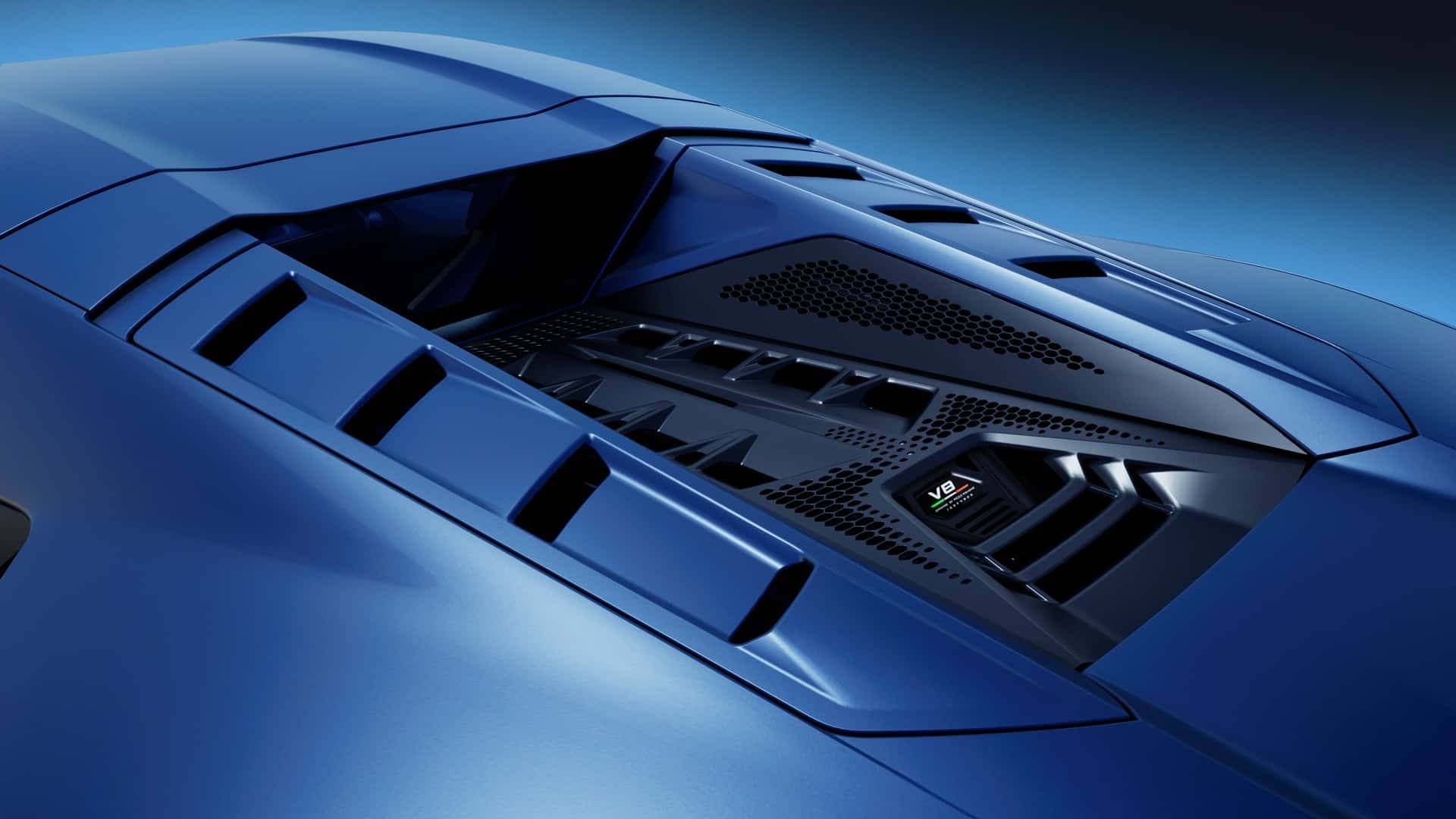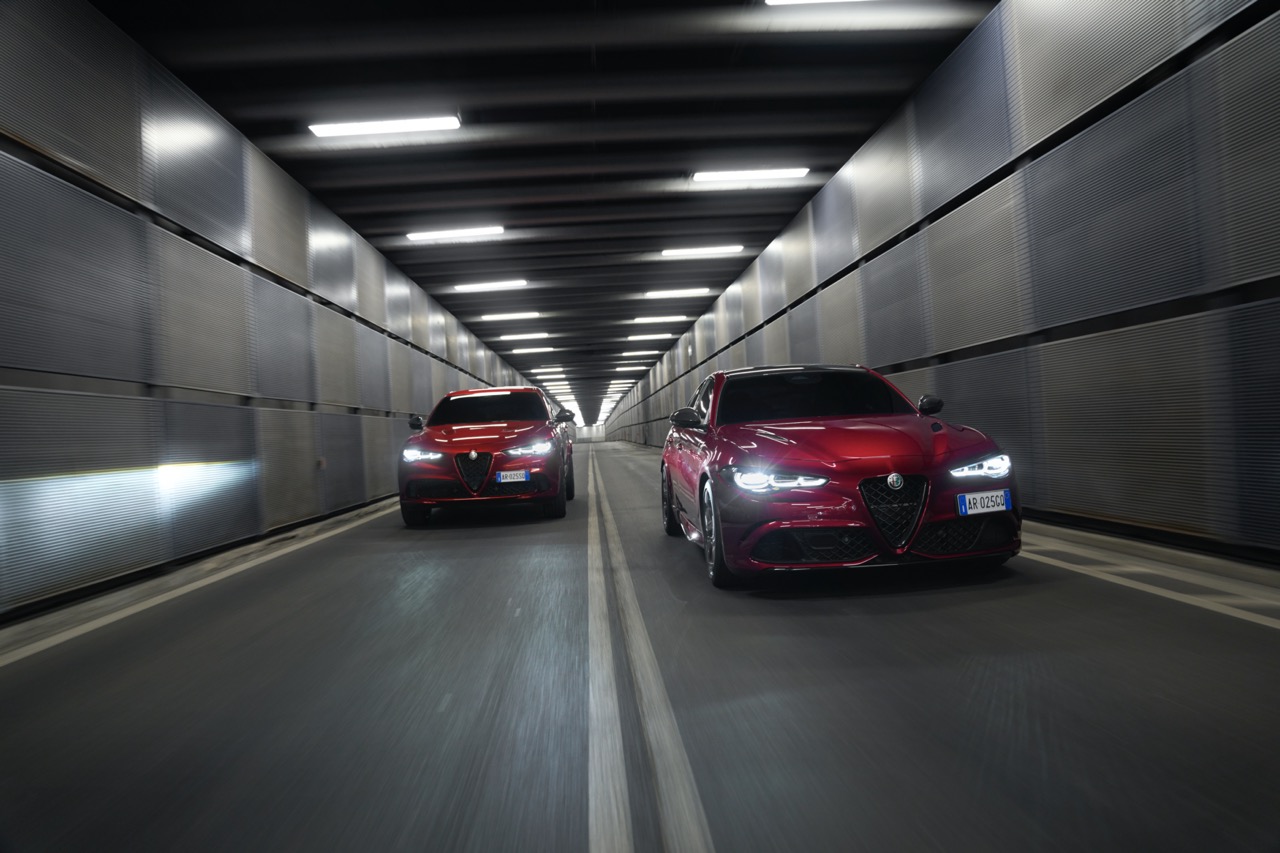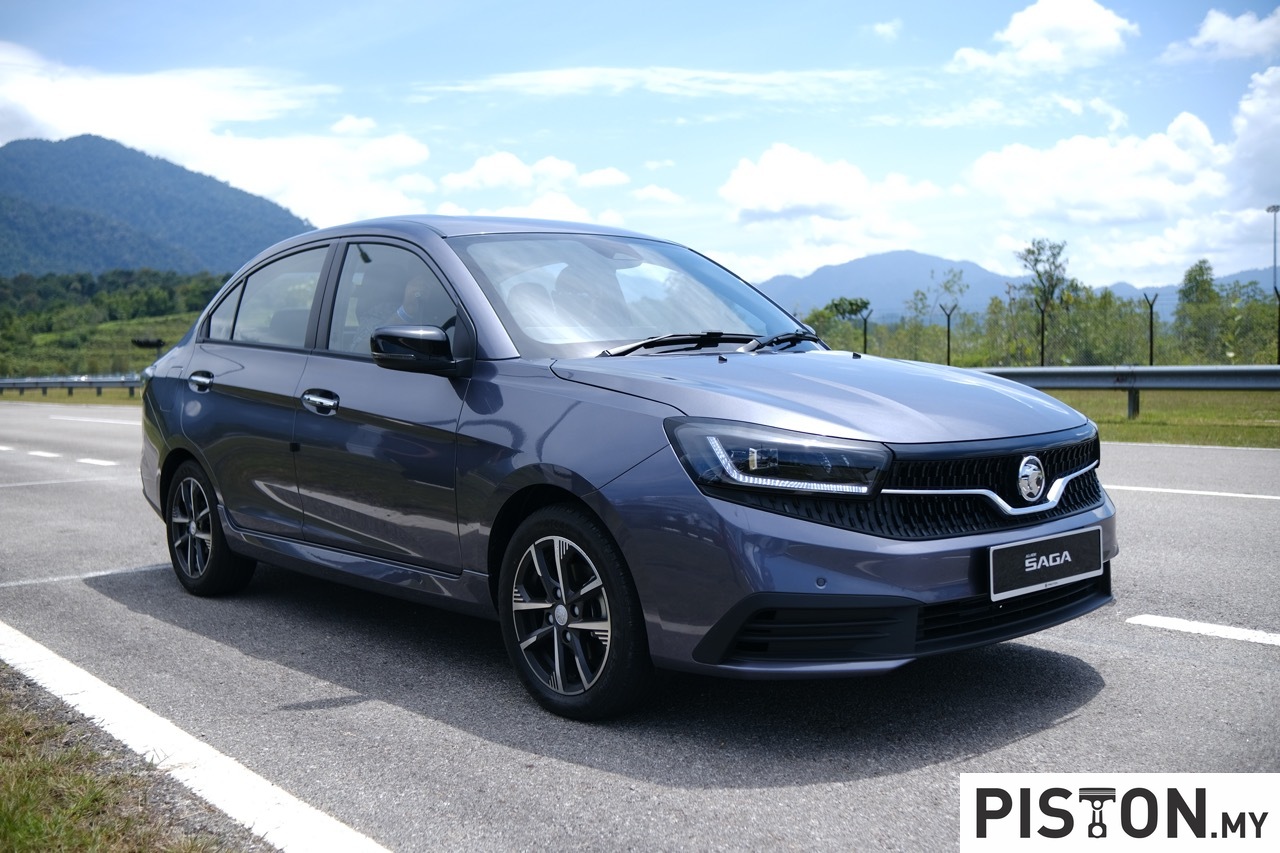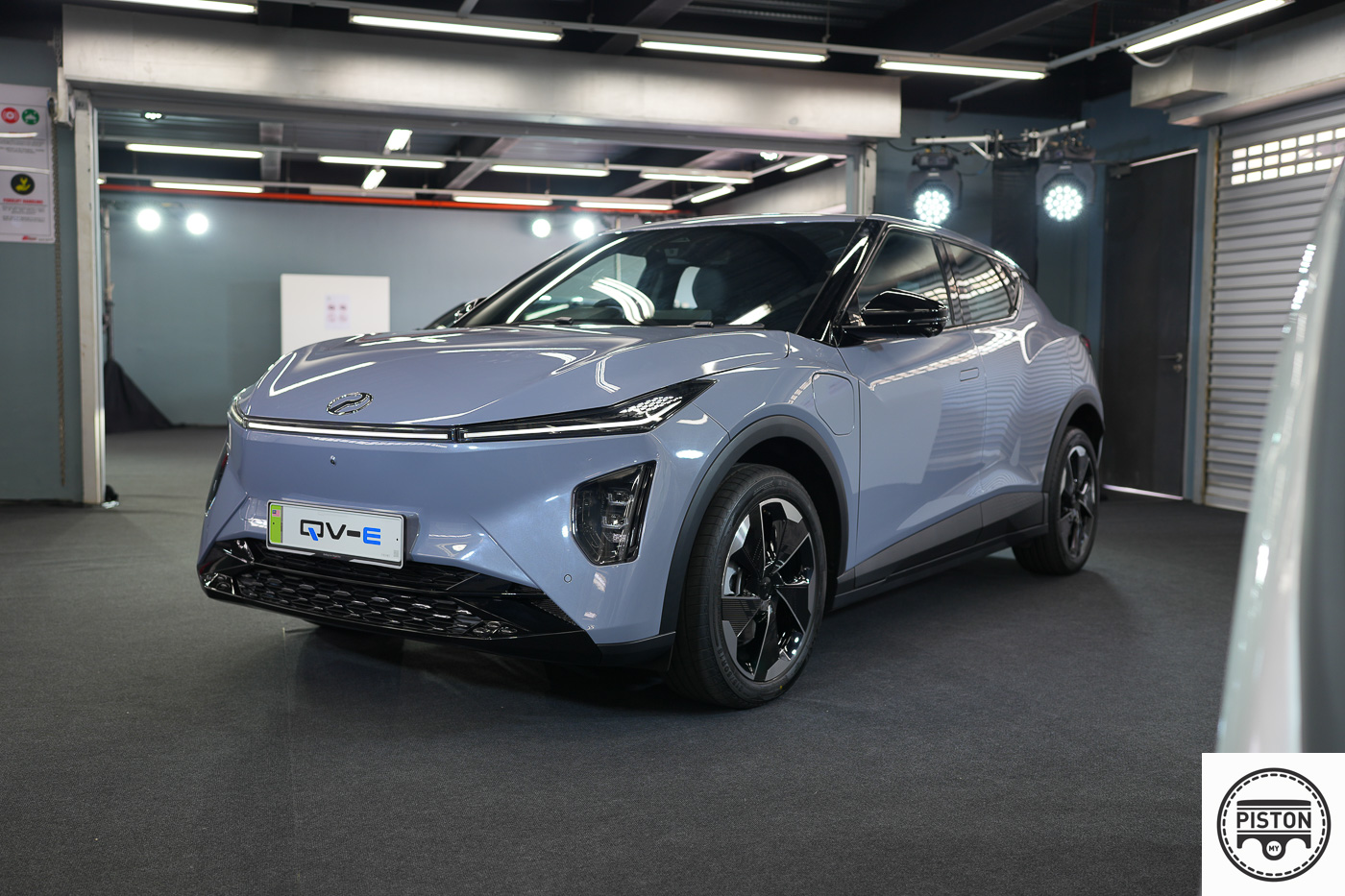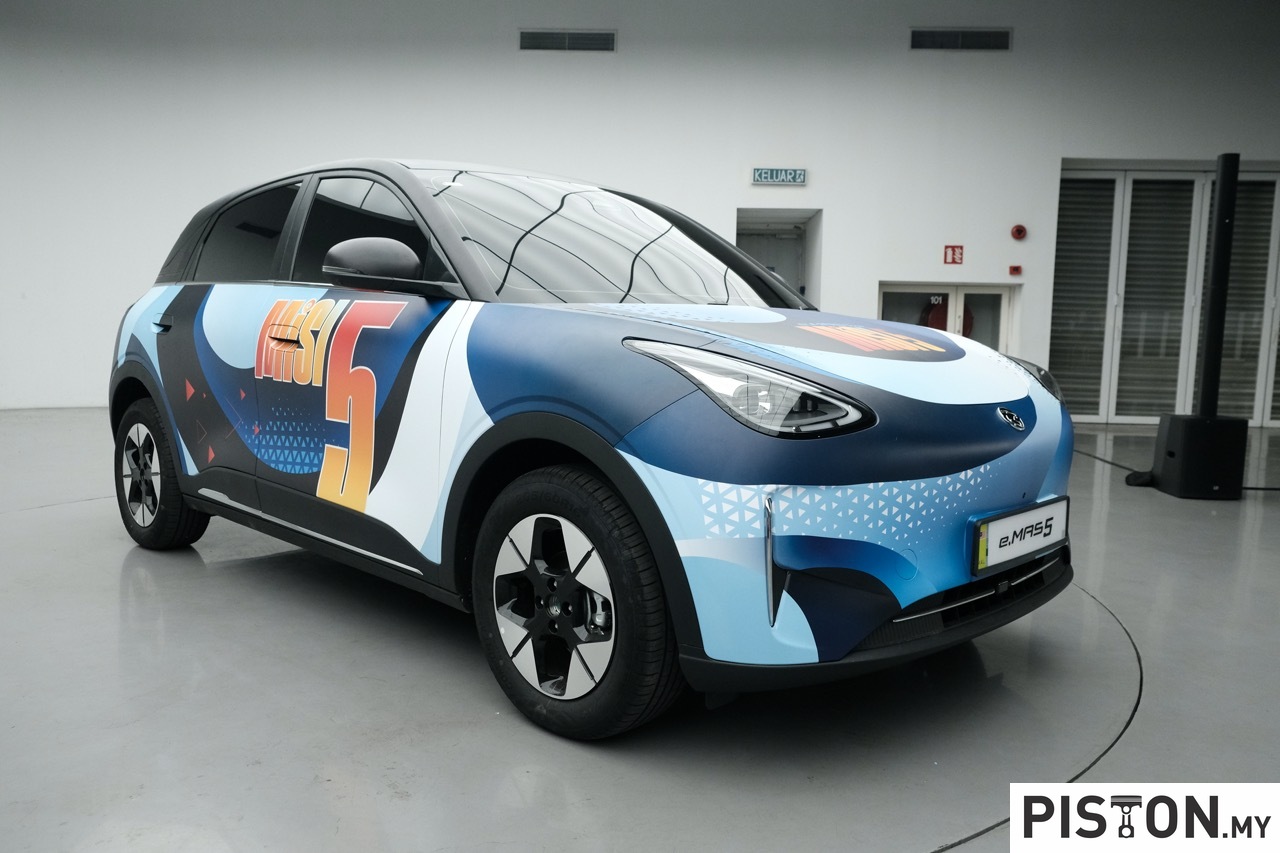As the automotive world accelerates towards electrification, Lamborghini remains committed to preserving the essence of internal combustion, with synthetic fuel emerging as a potential saviour. According to CarExpert, the Italian marque’s Chief Technical Officer, Rouven Mohr, has emphasised the importance of maintaining the emotional core of performance vehicles while acknowledging that the era of electric parity is rapidly approaching.
Mohr highlighted the capabilities of Lamborghini’s latest hybrid powertrain, which debuts in the upcoming Temerario supercar. The new system combines a twin-turbocharged V8 with three electric motors, generating an impressive 908hp and 730Nm of torque. Beyond raw numbers, the drivetrain has been engineered to sustain the visceral driving experience synonymous with the Lamborghini name. Critically, the system is also capable of running on synthetic fuel, ensuring relevance even as emissions regulations tighten worldwide.
While acknowledging that synthetic fuel may not outperform conventional petrol in all respects, Mohr regards it as a vital bridge to keeping combustion technology viable. The new engine has been developed for peak efficiency and performance regardless of whether it runs on fossil or synthetic fuels, providing a degree of futureproofing rare among performance engines.
Performance metrics for the Temerario underscore Lamborghini’s continued focus on driving excitement: the car is expected to accelerate from 0–100km/h in just 2.7 seconds and reach a top speed of 343km/h. However, for Mohr, it is the sensory experience that takes precedence. From the auditory signature to the tactile vibrations, gear changes, and chassis dynamics, every aspect of the powertrain has been tuned for maximum emotional impact. The decision to opt for a high-revving V8 – targeting a 10,000rpm redline – was driven by the desire to stand apart in an increasingly homogenised landscape of downsized, turbocharged engines.
This philosophy has also informed Lamborghini’s slower pace in entering the electric vehicle (EV) arena compared to rivals such as Ferrari. The company’s first EV is not expected until 2029, a delay that reflects the brand’s deliberate focus on emotional appeal and its hesitation to transition before the technology meets its standards.
Mohr stressed that while the shift to electric power is inevitable, combustion engines are far from obsolete. He believes future generations, who are currently growing up with electric mobility as the norm, may develop a renewed appreciation for the sensory richness of combustion engines. In his view, electric solutions still fall short in terms of delivering the kind of visceral thrill that defines a Lamborghini.
Synthetic fuels, he argues, will play a central role in preserving this legacy. Both Lamborghini and Porsche, its sister brand under the Volkswagen Group, have invested heavily in developing synthetic fuel technologies. These efforts are not only aimed at future products but also at protecting the brands’ extensive back catalogues.
Lamborghini CEO Stephan Winkelmann has previously echoed this sentiment. In 2023, he outlined a multi-layered approach to synthetic fuel adoption. The first involves using e-fuels exclusively in racing applications. The second, more far-reaching, is aimed at ensuring the longevity of Lamborghini’s historic fleet. With many of the company’s vehicles still operational decades after their release, ensuring fuel availability beyond the 2035 ban on new combustion cars is viewed as essential. According to Winkelmann, it is critical that Lamborghini’s customers retain the ability to enjoy their vehicles well into the future.
In essence, Lamborghini’s embrace of synthetic fuels represents a strategic hedge against the rapid electrification of the industry, one that preserves its heritage while preparing for a transformed automotive landscape.

